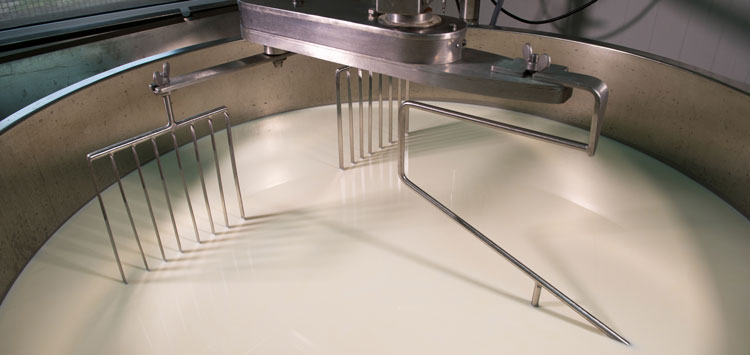
The most recent USDA outlook calls for modest improvement in milk prices for 2019. Those same reports project higher milkfat and skim solids supplies for domestic consumers. The projections, released in mid-December just before the partial government shutdown began, signify optimism for continued growth in the appetite of U.S. consumers for higher-fat dairy products. This shift has been in place since U.S. butter prices surged to near $3 per pound in September 2014.
More down than up
It is not uncommon for expanding supplies of milkfat to hit domestic markets. Since 2000, there have been eight years in which milkfat domestic availability was at least 2 percent higher than the previous year. This coming year is projected to be the ninth such instance. The All-Milk price declined in six of those eight years, averaging a reduction of 12.7 percent. However, 2003 and 2014 saw higher All-Milk prices even with 2 percent or more growth in milkfat domestic availability, with price rises of 3 and 19.7 percent, respectively.
In conjunction with the expected gains in domestic availability, milkfat export growth projections could slow a bit after gains of nearly 10 percent in 2017 and 15 percent in 2018. Even so, stocks of dairy products are also expected to decline from the record level that has built up entering 2019.
If the recent growth in milkfat shipped to international markets can continue, the amount passing through domestic channels will be less burdensome than projected. It is also possible that supply will grow slightly less than the projected 1.3 percent, though that is already lower than the 2000 to 2018 average production growth rate of 1.6 percent.
On fairly firm footing
There are valid reasons to believe that milkfat demand in the U.S. is on solid ground. Historically low unemployment and a continued growth in the percentage of meals consumed away from home are expected to persist in 2019. Consumers have shown a consistent shift in their perceptions of and demand for higher-fat products in general, with dairy products a key beneficiary.
However, caution is in order for the price outlook if the U.S. or global economy struggles more than expected, or if dairy consumer preferences slow or reverse recent trends.








